Hood Order- Any changes?
katy-lou
11 years ago
Related Stories
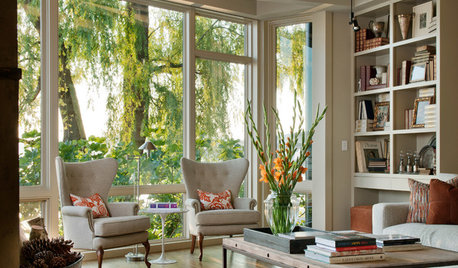
MOST POPULAR12 Key Decorating Tips to Make Any Room Better
Get a great result even without an experienced touch by following these basic design guidelines
Full Story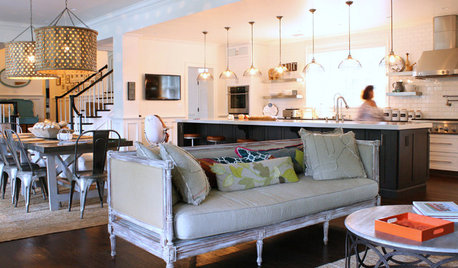
HOUZZ TOURSMy Houzz: Home Full of Boys Achieves Order and Inspiration
A 3-month overhaul produces an organized and inviting space fit for this Florida family of 9
Full Story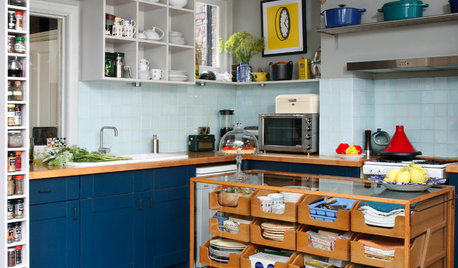
DECORATING GUIDESHow to Bring Order to Your Delightfully Eclectic Room
You've picked up your furniture and finds over the years — here's how to tie it all together
Full Story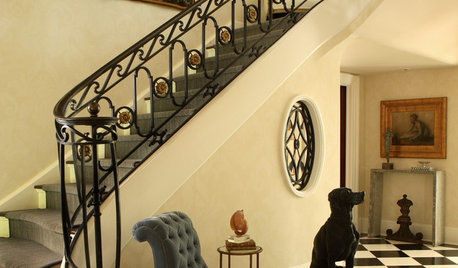
FURNITUREThe Classic Slipper Chair: A Handy Accent for Any Room
14 great ideas for using this superbly versatile armless chair around the house
Full Story
GREEN BUILDINGInsulation Basics: Designing for Temperature Extremes in Any Season
Stay comfy during unpredictable weather — and prevent unexpected bills — by efficiently insulating and shading your home
Full Story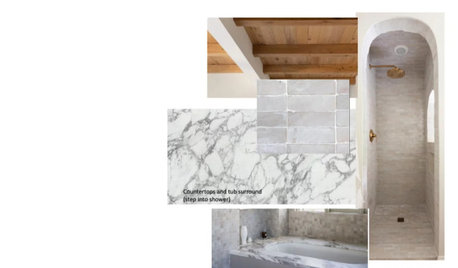
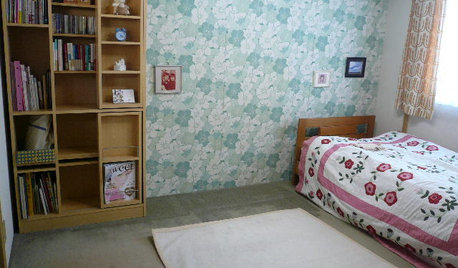
BOOKSCan Tidying Up Result in Life-Changing Magic?
Organizing phenom Marie Kondo promises big results — if you embrace enormous changes and tough choices
Full Story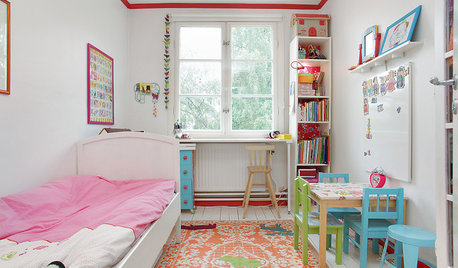
LIFEStop the Toy Takeover by Changing the Way You Think
Make over your approach and get gift givers onboard with your decluttering efforts by providing meaningful toy alternatives
Full Story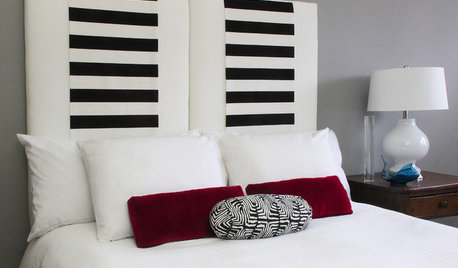
DIY PROJECTSMake an Upholstered Headboard You Can Change on a Whim
Classic stripes today, hot pink tomorrow. You can swap the fabric on this DIY headboard to match your room or your mood
Full Story





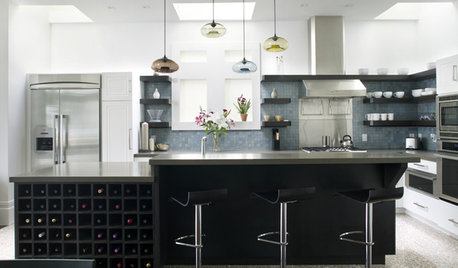

weissman
katy-louOriginal Author
Related Professionals
Agoura Hills Kitchen & Bathroom Designers · Cuyahoga Falls Kitchen & Bathroom Designers · East Peoria Kitchen & Bathroom Designers · Grafton Kitchen & Bathroom Designers · Terryville Kitchen & Bathroom Designers · Olympia Heights Kitchen & Bathroom Designers · Idaho Falls Kitchen & Bathroom Remodelers · Jacksonville Kitchen & Bathroom Remodelers · South Lake Tahoe Kitchen & Bathroom Remodelers · Southampton Kitchen & Bathroom Remodelers · Princeton Kitchen & Bathroom Remodelers · Cranford Cabinets & Cabinetry · Dover Cabinets & Cabinetry · White Center Cabinets & Cabinetry · Wilkinsburg Cabinets & Cabinetrybuffalotina
katy-louOriginal Author
buffalotina
weissman
phiwwy
kaseki
langour
katy-louOriginal Author
phiwwy
kaseki